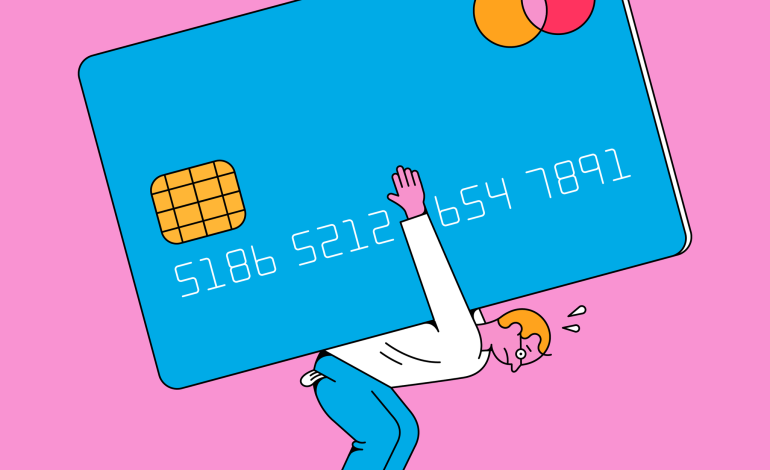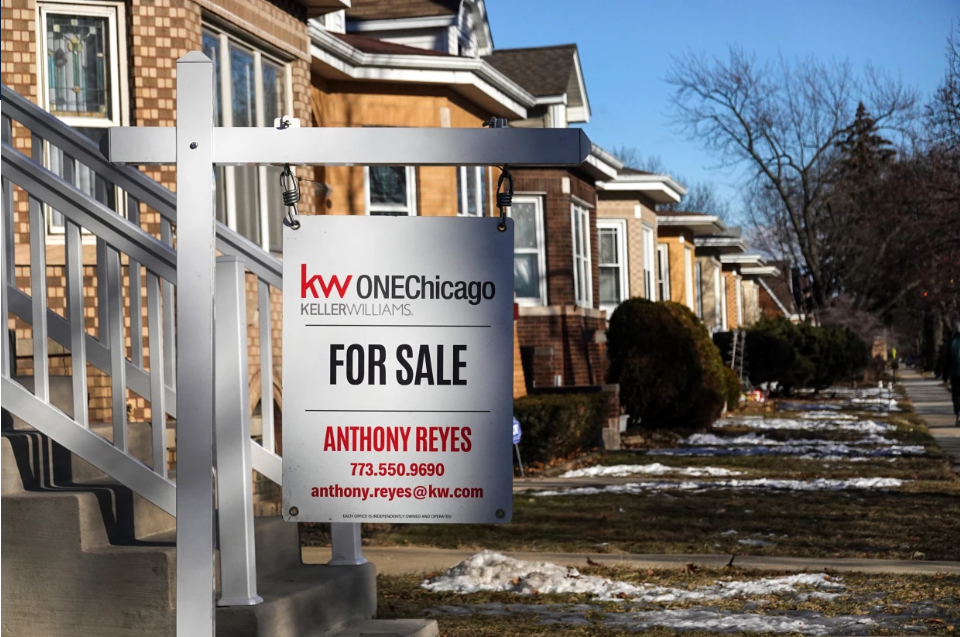Credit cards used to be a convenience. For lots of young adults, they’re now the bridge between paychecks and groceries. And in Wyoming, that strain is showing: 13.6% of credit cardholders ages 18–34 are severely delinquent (90+ days past due) on their cards, according to a new analysis of Federal Reserve Bank of Philadelphia data by Upgraded Points, Wyoming News Now reports.
The Wyoming snapshot
- Severe delinquency (18–34):6% in 2025 (up from 11.2% in 2022).
- Average balance (young cardholders): $3,734.
- High utilization:6% are using >75% of their limit.
Wyoming’s rate is below the national average of 15.5%, but the trend is moving the wrong way — and fast. Young borrowers here are carrying slightly less card debt than peers nationwide (U.S. average: $4,023), yet more are running hot on their limits (U.S. high utilization: 35.3%).
Why the pressure is rising
- Prices + rates: Historic inflation’s aftershocks and the highest interest rates in decades mean carrying a balance is costlier than ever.
- Early-career squeeze: Younger workers have thinner savings and face a tough entry-level job market.
- Student loans are back: The resumption of federal student loan payments is crowding out already-tight monthly budgets, pushing more spending onto plastic.
Put simply: when essentials go on a card at 20%+ APR, one unexpected bill can tip a household from “juggling” to 90-days-past-due.
The state-level pattern mirrors the national map: Southern/Sun Belt states tend to have the highest delinquency, reflecting lower median incomes and fewer high-paying entry roles. On the other end, tech-heavy metros like San Jose, San Francisco, and Seattle post the lowest severe-delinquency rates — sky-high costs, yes, but also higher starting salaries and more stable career paths.
What to watch (and what helps)
- Utilization: Keeping balances under 30% of your limit is a key signal to lenders — and a buffer against spiraling interest.
- Snowball/avalanche payoff: Target either the smallest balance first (motivation) or the highest APR (savings).
- Call the issuer: Hardship plans, lower APRs, or temporary payment arrangements can blunt damage before a bill hits 90 days.
- Student loan adjustments: Income-driven plans or consolidation can free up cash and reduce card reliance.
Delinquency at 90+ days isn’t just a late fee — it can crater credit scores, raise insurance and borrowing costs, and make it harder to rent an apartment or pass an employer credit check. With more than one in seven young Wyomingites already in that bucket — and the share rising — this isn’t a niche problem. It’s a pipeline from everyday inflation to long-term financial fallout.










The latest news in your social feeds
Subscribe to our social media platforms to stay tuned